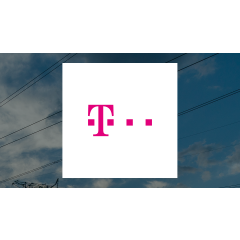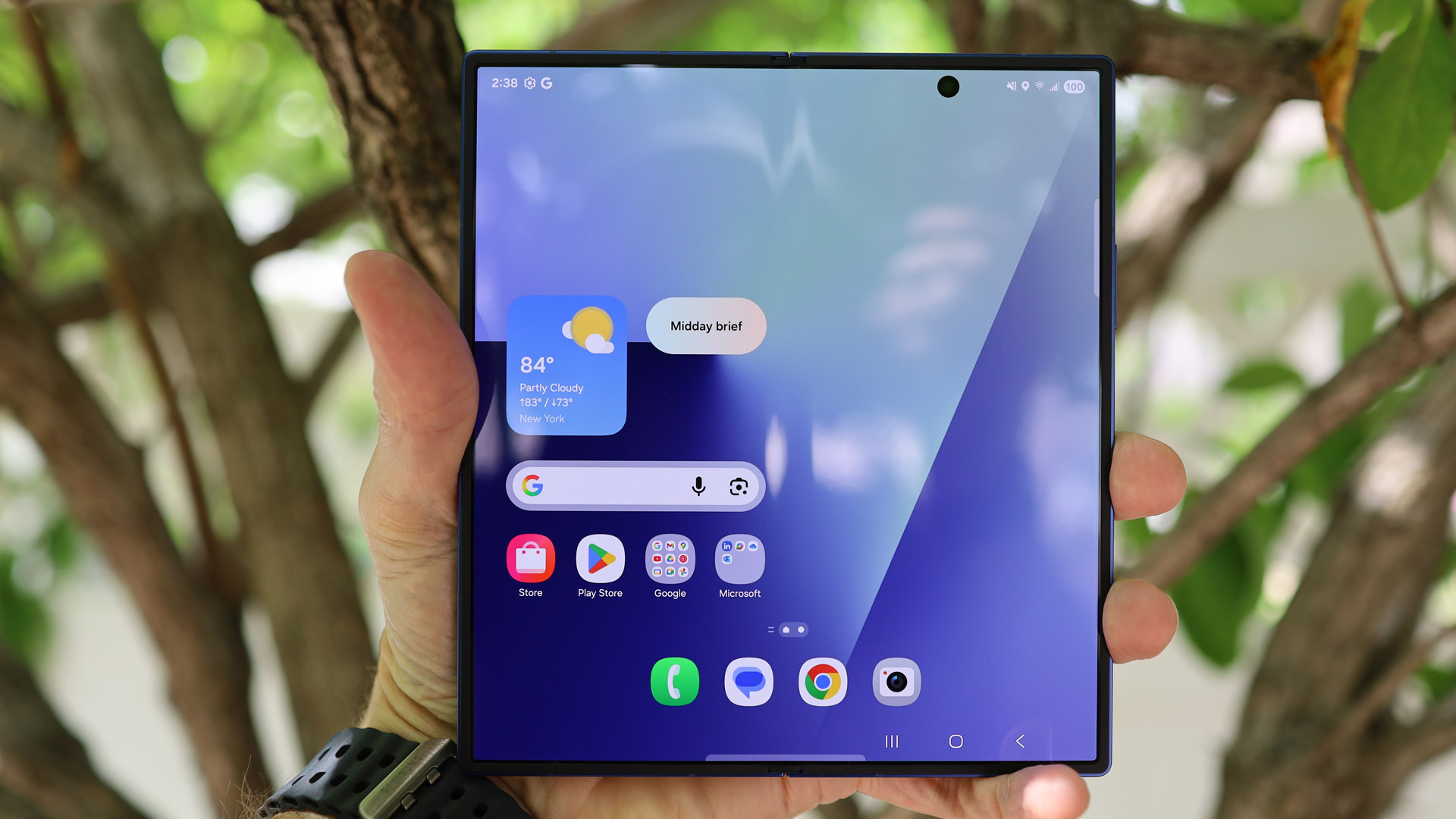UPDATE: The highly anticipated Samsung Galaxy Z Fold 7 has officially launched, setting a new benchmark for foldable devices with a staggering starting price of $1,999. This price tag positions it as the most expensive widely available smartphone today, igniting discussions about the future of folding phones.
Just announced, the Galaxy Z Fold 7 is receiving rave reviews, with experts calling it “the nearly perfect foldable phone.” The device boasts significant upgrades, including larger displays, a revamped main camera, and a robust chipset—all within a sleeker design that rivals competitors like the Oppo Find N5.
However, the price hike raises eyebrows. Previously, the Galaxy Z Fold 6 was priced at $1,899—already a hefty investment. The new model surpasses the Google Pixel 9 Pro Fold, which launched at $1,799. Many potential buyers are left questioning if such an investment is justifiable, especially amid economic uncertainty.
Yet, there’s a silver lining. Historically, premium pricing has propelled advancements in the smartphone industry. The launch of the iPhone X in 2017, which debuted at $999, reshaped market expectations. This led to a surge in flagship phone capabilities, ultimately benefiting consumers with better technology.
Today’s leading smartphones, such as the iPhone 16 Pro Max and Samsung Galaxy S25 Ultra, showcase exceptional features that were made possible by this shift in pricing strategy. As the demand for high-quality devices continues to grow, the Galaxy Z Fold 7 could pave the way for future innovations in folding technology.
With the advent of devices like the Galaxy Z Flip 7 FE, there’s a burgeoning interest in more affordable folding phones. Analysts speculate that the high price of the Galaxy Z Fold 7 may create a market for mid-range foldables, ultimately making this technology more accessible to everyday consumers.
Experts argue that if manufacturers responsibly invest the additional revenue from high-priced models into R&D, we could see significant advancements in ergonomics, durability, and camera technology for folding phones. This could also lead to a stronger mid-range market, similar to how the iPhone X influenced the creation of competitive alternatives like the OnePlus 13R.
As the smartphone landscape evolves, consumers are urged to consider the long-term benefits of investing in premium devices. The Galaxy Z Fold 7, despite its steep price, symbolizes a potential leap forward for foldable technology and could redefine what consumers expect from their smartphones.
Looking ahead, the question remains: will consumers embrace the higher price point, and will manufacturers channel profits into meaningful advancements? The future of folding phones hangs in the balance, with the Galaxy Z Fold 7 at the forefront of this transformative moment.
Stay tuned for more updates as the impact of the Galaxy Z Fold 7 on the market unfolds.




































































